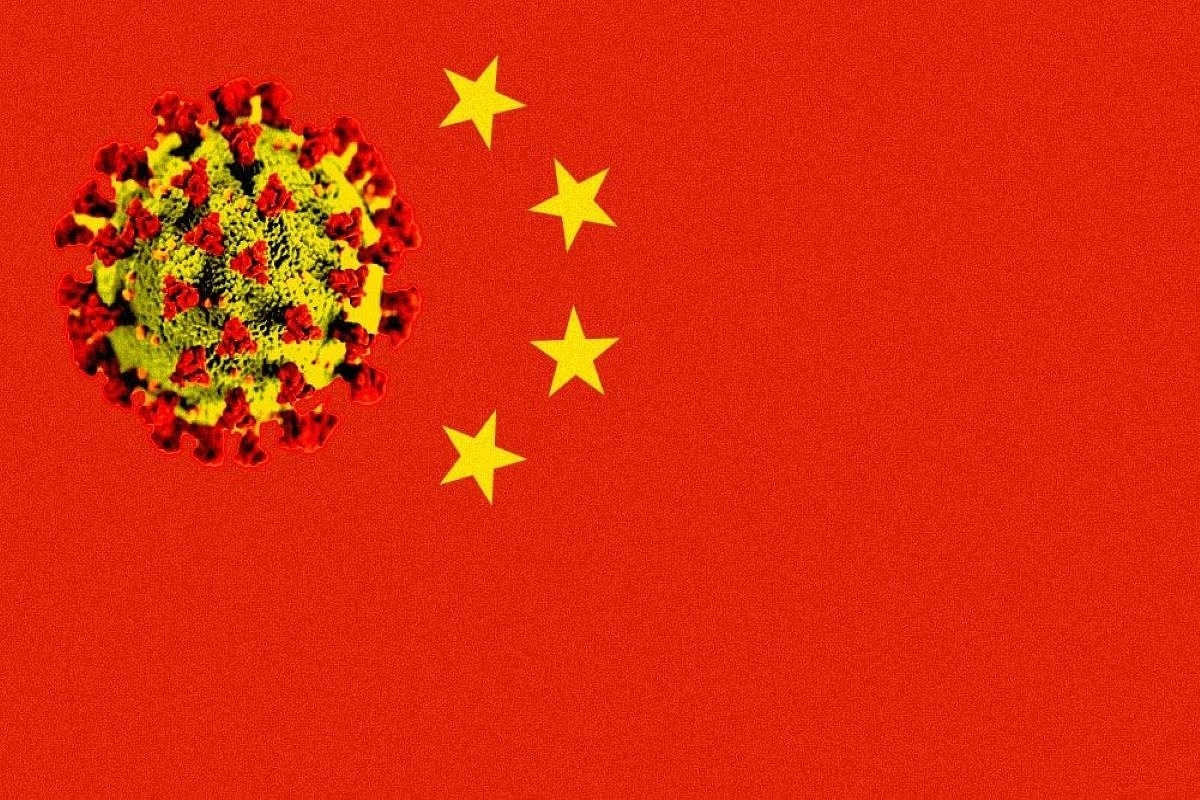World
Even Post-Covid Zero Lockdowns, China's Economic Recovery Is Not Simple
- China's capital aims for 5 per cent economic growth this year, down from pre-pandemic levels. Recent policies reflect a cautious outlook for the economy.

China's economy grew only 3 per cent in 2022, missing official targets that were already the lowest in decades.
In March, China's non-manufacturing sector grew at its quickest pace in over 10 years, as the country continues to grapple with the aftermath of the pandemic and the overall global slowdown in demand.
Meanwhile, the manufacturing sector saw a dip from the previous month, indicating an uneven economic recovery.
In March, the non-manufacturing purchasing managers' index (MPI) from the National Bureau of Statistics increased to 58.2, surpassing forecasts and reaching its highest level since May 2011.
Manufacturing sector exceeded expectations at 51.9, as per Friday (31 March)'s figures. However, it fell short of last month's 52.6 growth rate, indicating conflicting signals in the second-largest global economy.
Positive indicators in both manufacturing and non-manufacturing sectors bring relief for Chinese policymakers managing a slowdown in exports, property sector crisis, and Covid-19 restrictions that dampened consumption.
China's economy grew only 3 per cent in 2022, missing official targets that were already the lowest in decades.
China's capital aims for 5 per cent economic growth this year, down from pre-pandemic levels. Recent policies reflect a cautious outlook for the economy.
Policymakers are expected to rely on strong consumer spending to boost growth and ease pressure on the property market as the economy recovers from Covid restrictions.
China's central bank, the People’s Bank of China, reduced the reserve requirement ratio by 25 basis points this month, freeing up Chinese banks to issue more loans.
In November, state banks stepped up in support of struggling property developers, offering a considerable amount of liquidity to the market.
The March PMI survey showed a surge in retail and transportation activity, along with construction. The survey was less impacted by the Covid outbreak that hit China earlier this year. The sub-index for the construction industry saw a significant rise, hitting its highest level since July 2011, reaching 65.6.
President Xi Jinping needs all engines of his economy to fire now, and reliance on one or two sectors will not yield the growth he desires, not even 5 per cent.
Other challenges for Xi include dodging US’ export controls, ensuring companies do not desert China for economically better pastures, recalibrating the Belt and Road projects, but most importantly, tackling the fertility rate problem that has only recently surfaced.
Turns out, Xi today leads a country which is slowing down economically, and aging faster before it gets rich.
Endless credit, state-managed leverage, backing enterprises like Huawei, wolf-warrior diplomacy, and military aggression are not enough for China anymore.
While the non-manufacturing sector does offer some hope, it will all boil down to demand, both domestic and global, and that will shape China's economic recovery.
Support Swarajya's 50 Ground Reports Project & Sponsor A Story
Every general election Swarajya does a 50 ground reports project.
Aimed only at serious readers and those who appreciate the nuances of political undercurrents, the project provides a sense of India's electoral landscape. As you know, these reports are produced after considerable investment of travel, time and effort on the ground.
This time too we've kicked off the project in style and have covered over 30 constituencies already. If you're someone who appreciates such work and have enjoyed our coverage please consider sponsoring a ground report for just Rs 2999 to Rs 19,999 - it goes a long way in helping us produce more quality reportage.
You can also back this project by becoming a subscriber for as little as Rs 999 - so do click on this links and choose a plan that suits you and back us.
Click below to contribute.
Latest